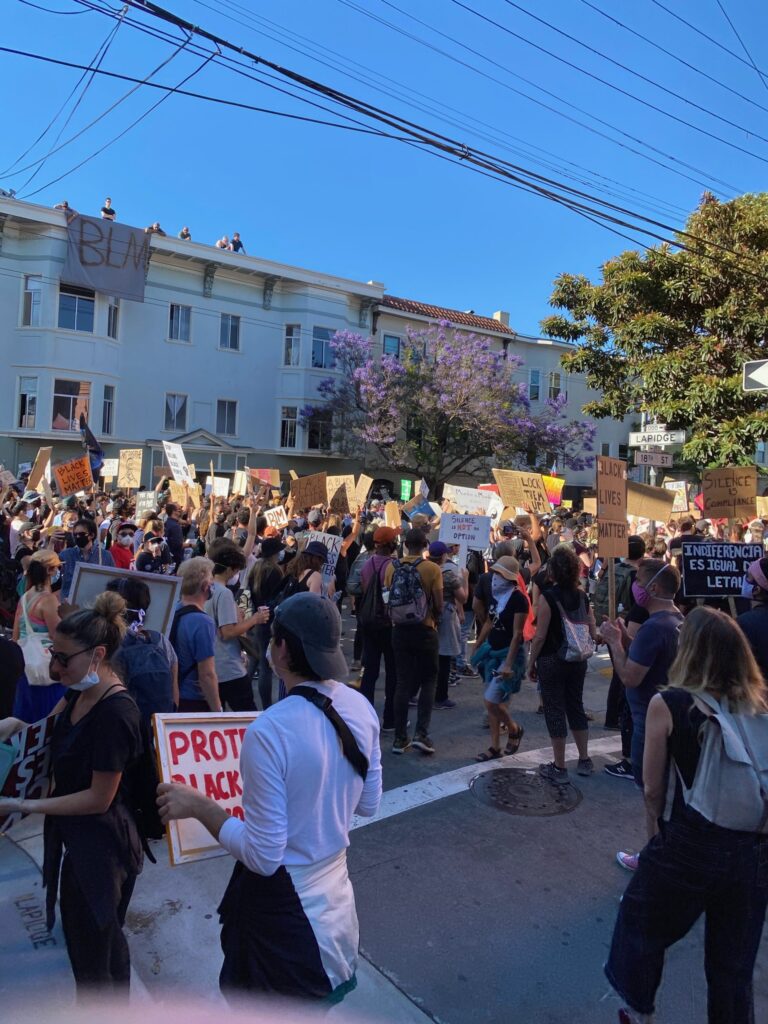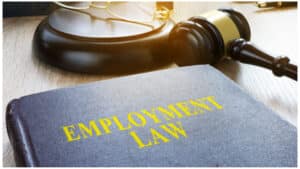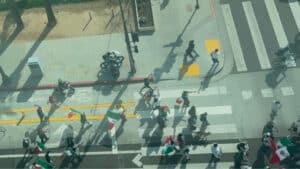By: Lourdes DeArmas and Christopher Dolan
For the past 9 days, in response to the death of George Floyd at the hands of Minneapolis police, people across the US and throughout the world have taken to the streets to demand racial justice and an end to police brutality and systematic racism against Black people. Some of the responses of our Federal, State, and Local governments in the past 72 hours are raising red flags and calling into question the police response to the protests and the curfews that have been imposed.
The right to protest is fundamental to our democracy and sacrosanct. The Founding Fathers thought that the right was so important that they wrote it into the first 45 words of the Bill of Rights and labeled it the First Amendment to the U.S. Constitution:
Congress shall make no law respecting an establishment of religion, or prohibiting the free exercise thereof; or abridging the freedom of speech, or of the press; or the right of the people peaceably to assemble, and to petition the government for a redress of grievances.
As the Supreme Court observed in 1958, “It is beyond debate that freedom to engage in association for the advancement of beliefs and ideas is an inseparable aspect of the ‘liberty’ assured by the Due Process Clause of the Fourteenth Amendment, which embraces freedom of speech.”
In an eerie coincidence of numerical proportions, the 45th President is aiming to thwart, limit, or outright eviscerate the fundamental right to protest and have grievances heard. On Monday, President Trump left the White House, walked across Lafayette Park in Washington, D.C. and posed in front of St. John’s Episcopal Church while holding a Bible. The path to this photo op was cleared by the U.S. Park Police, Secret Service, Department of Homeland Security, and other agencies. The overwhelmingly peaceful protesters and members of the media were driven from the area using aggressive and violent crowd control tactics which included tear-gas, rubber bullets, smoke canisters, pepper spray pellets, and good ole’ brute force.
It has been widely debated as to whether tear gas or smoke were really used on the protesters. However, that debate is hollow. It was a crowd of American citizens engaged in constitutionally protected protests against police violence. So it does not matter what was used because it was fired into a crowd of people just wanting their voices to be heard and fighting to prevent the injustice that was suddenly thrust upon them. Imagine the heartbreaking absurdity of sanctioning police brutality at a protest against police brutality.
The simple reality cannot be brushed aside by rhetoric or partisan sound-bites. The clear and undeniable fact remains that law enforcement officers who harass peaceably assembled citizens are violating the First Amendment, no matter the tactic used. It is unlawful and those rights must be protected.
Even though the incident on Monday in Washington, D.C. occurred before the curfew set by the mayor, curfews in and of themselves violate civil liberties. Public officials at every level of government are making arbitrary decisions about when, where, and what time citizens are allowed to have their voices heard. Just like it is wrong to forcefully disperse protesters before curfew, it is just as wrong to disperse them after curfew.
Under state law, cities and counties can impose curfews during a state of emergency “to provide for the protection of life and property.” However, there must be actual or imminent violence beyond the means of the government to address the issue. That threshold must be met. Unfortunately, curfews are enforced in very arbitrary and discriminatory ways. Historically, curfews have been used to suppress the voices of the people.
Even if curfews are being enacted for a legitimate purpose, there is an added danger for continued police misconduct. This is not a fear but a reality that is broadcast not only on the television news but throughout social media. The chilling scenes play out daily since the imposition of curfews where law enforcement rush crowds of peaceful protesters as soon the curfew time begins. Like a ticking time-bomb that explodes as soon as the clock strikes. Many of the violent confrontations have occurred under the cover of curfew enforcement. Unfortunately, depending on the particular law enforcement officer enforcing the curfew, a crowd could encounter a warning to go home, a ticket, mass arrests, or even rubber bullets. Those are just the mild encounters.
But the risk is not just one sided. We cannot also deny that a heavy-handed response to protests and the imposition of curfews also place the lives of law enforcement officers at risk. Violent confrontations sometime become unavoidable when fight or flight takes over. Additionally, there are those that are just waiting for an opportunity to inflict harm on law enforcement. Those consequences are not considered by those in power when the goal is to eviscerate the fundamental right to protest government action. It is very easy to make demands and insist on “dominating” the protestors with a heavy hand of “law and order” when you sit behind a desk or hide in a bunker.
In short, there is no denying that government and law enforcement have a goal of curtailing the rioting, looting, and destruction of property. But those interests must be weighed against a sweeping infringement of a fundamental right. The use of force, such as arrests, or the use of less-lethal weapons, should not be imposed against protesters unless strictly unavoidable. Otherwise the intended effect would be muzzling voices that need to be heard and censorship.
We will gladly represent anyone whose rights have been infringed.










